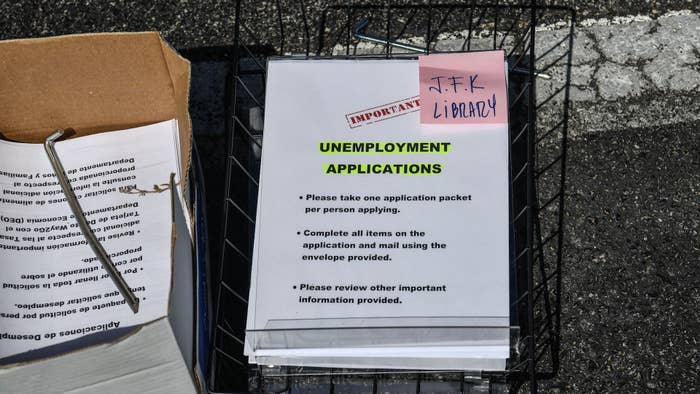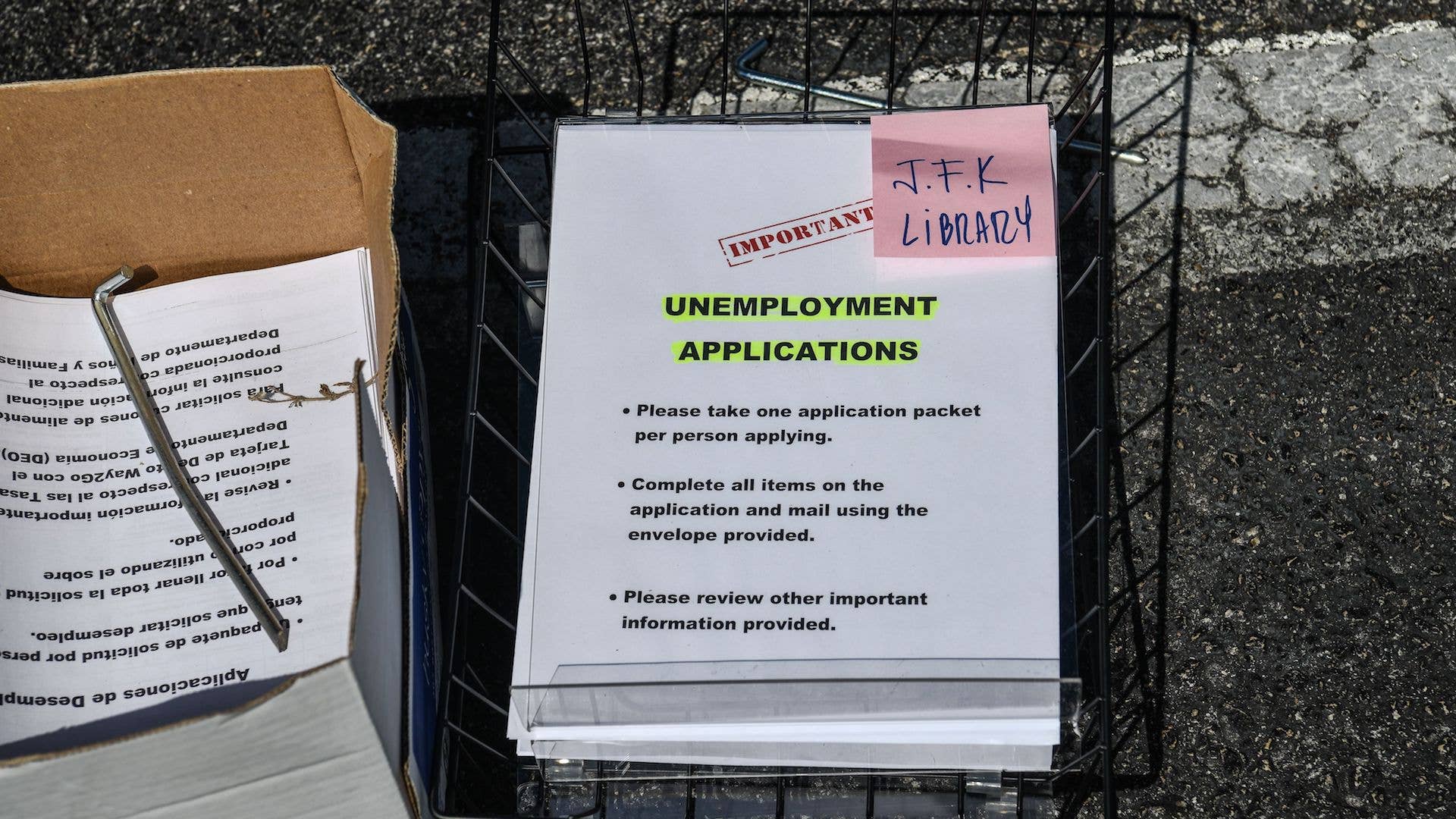
The unemployment rate continues to hit stunning new heights.
Another 3.8 million people applied for unemployment benefits in the week ending April 25, NPR reports. Though that’s a decline from the prior week’s 4.4 million, a total of 30.3 million people have now filed for unemployment in the six weeks since the COVID-19 pandemic began ravaging the U.S. economy.
Around one of out every five people who were employed in February are now jobless—or 18.6 percent of the U.S. labor force. The country’s job loss is even more staggering since it follows a record-low unemployment rate in the country.
“It is heartbreaking, frankly, to see that all threatened now,” Federal Reserve Chairman Jerome Powell said Wednesday. “All the more need for our urgent response and also that of Congress—which has been urgent and large—to do what we can to avoid longer-run damage to the economy.”
Last month, Congress signed the $2 trillion CARES Act package, which extended unemployment payments of $600 per week in addition to state benefits through July. Independent contractors, gig workers, and self-employed workers are also eligible for unemployment.
Joblessness peaked during the last week of March, at 6.9 million. As May 1 approaches, many are struggling to make rent and mortgage payments, particularly since a number of workers have yet to collect their benefits. Though the CARES Act was signed into law on March 27, all 50 states didn’t receive emergency payments until April 28. While retailers, hotels, and restaurants were some of the first places to lay off or furlough employees, economists anticipate that white-collar jobs will be hit soon.
Next week, the U.S. Bureau of Labor Statistics will share April’s official jobs report, which is predicted to show a U.S. unemployment rate of 14 percent. That’s the highest since the department began collecting data in 1948. During the Great Depression, estimates peaked at 24.9 percent in 1933.

